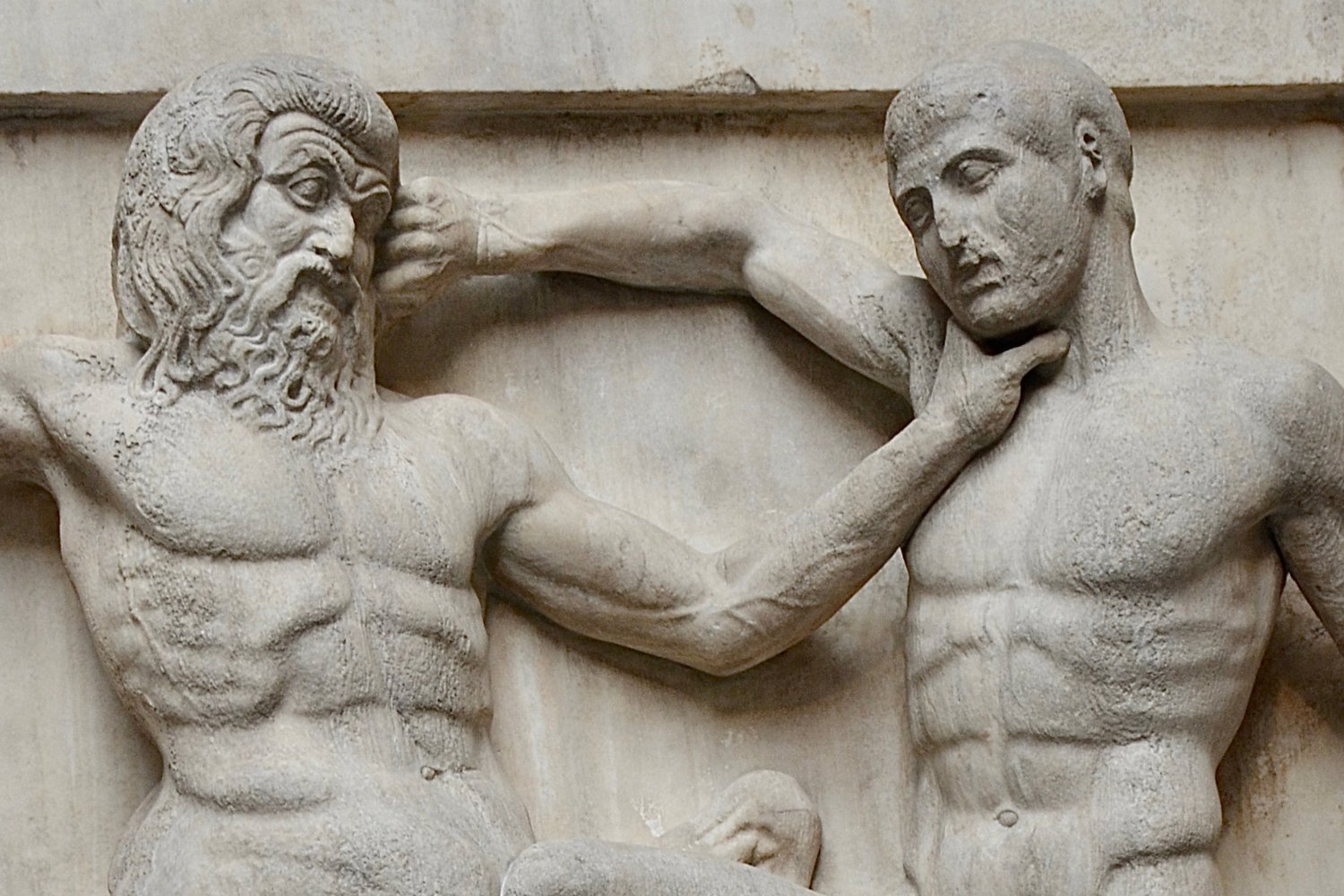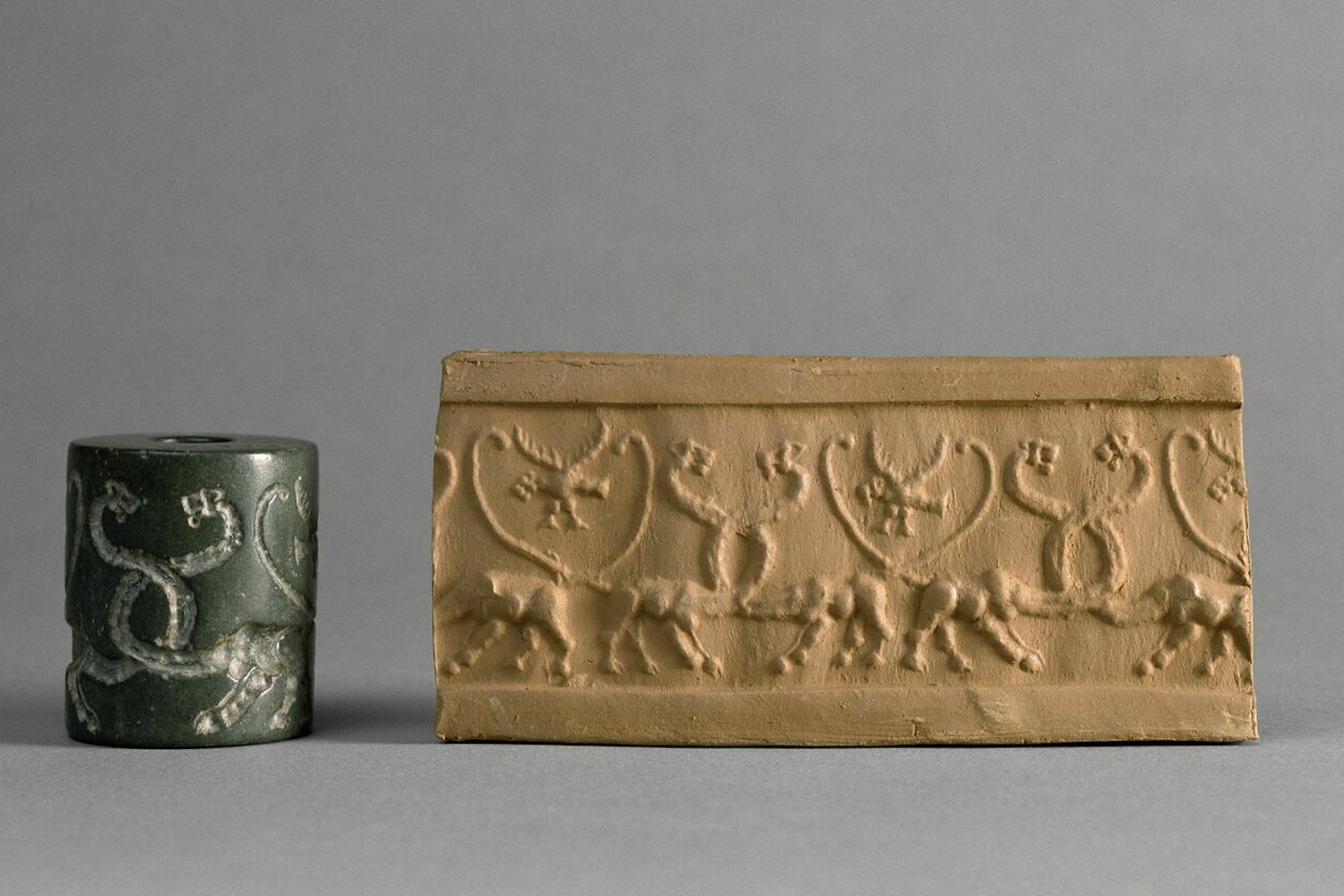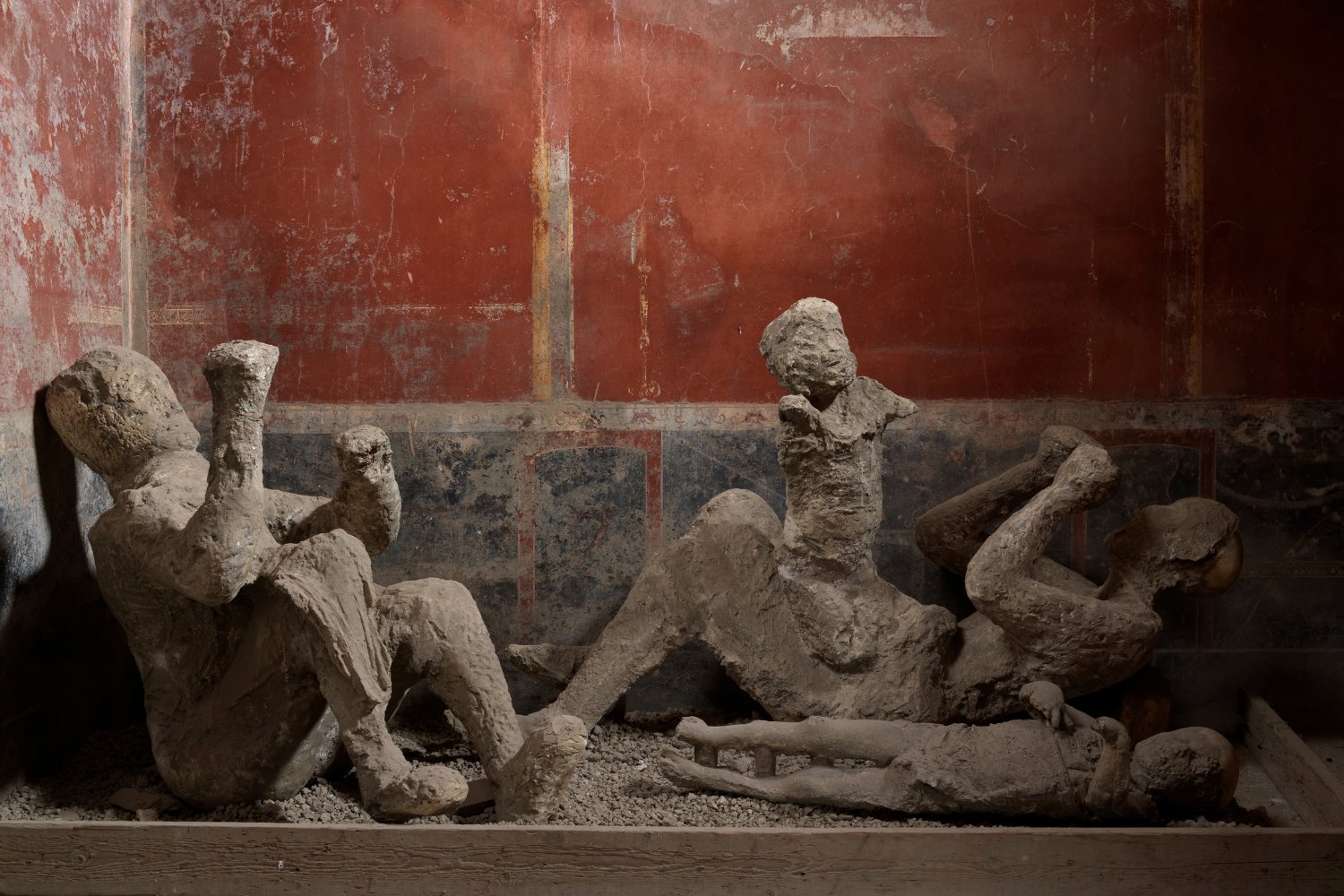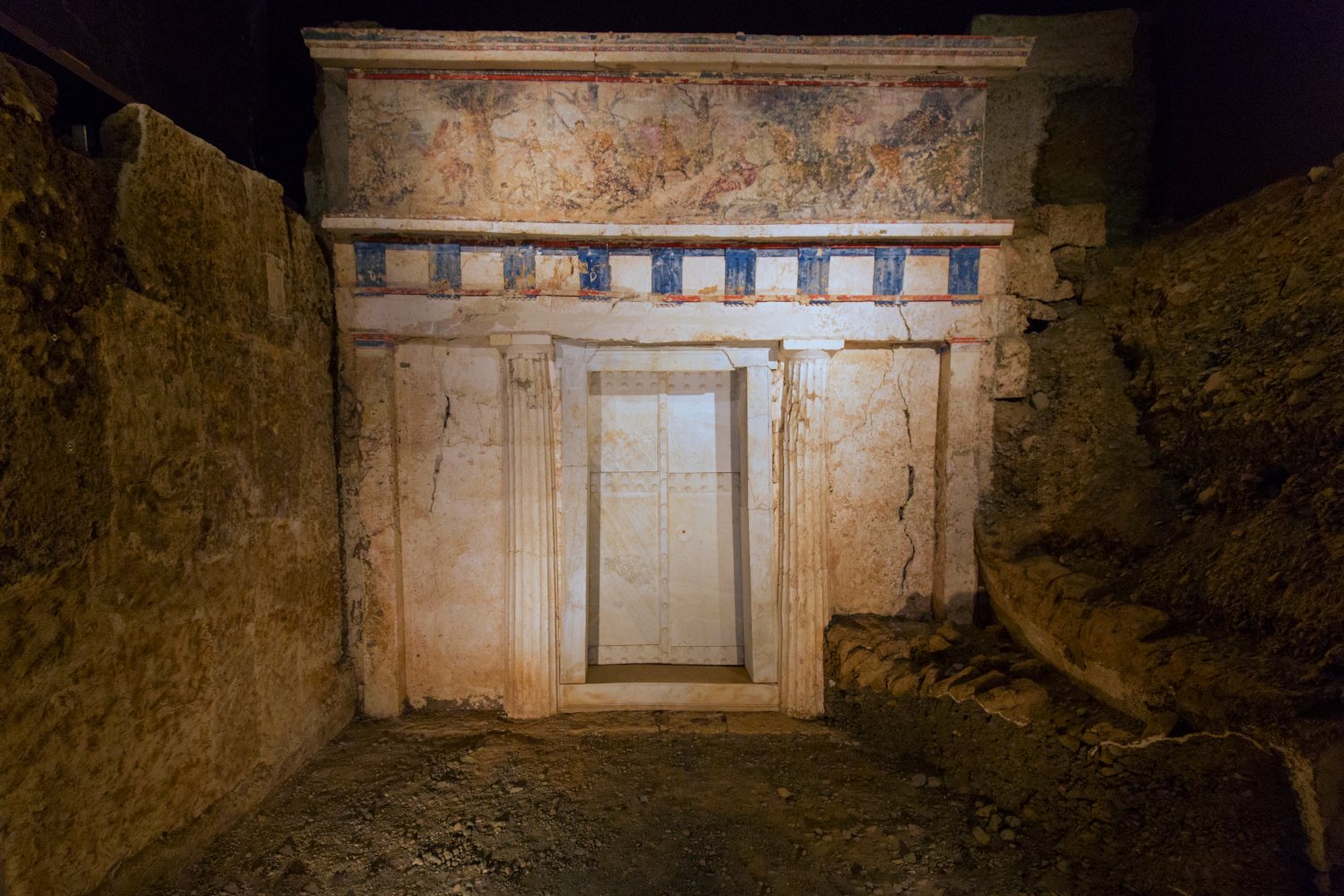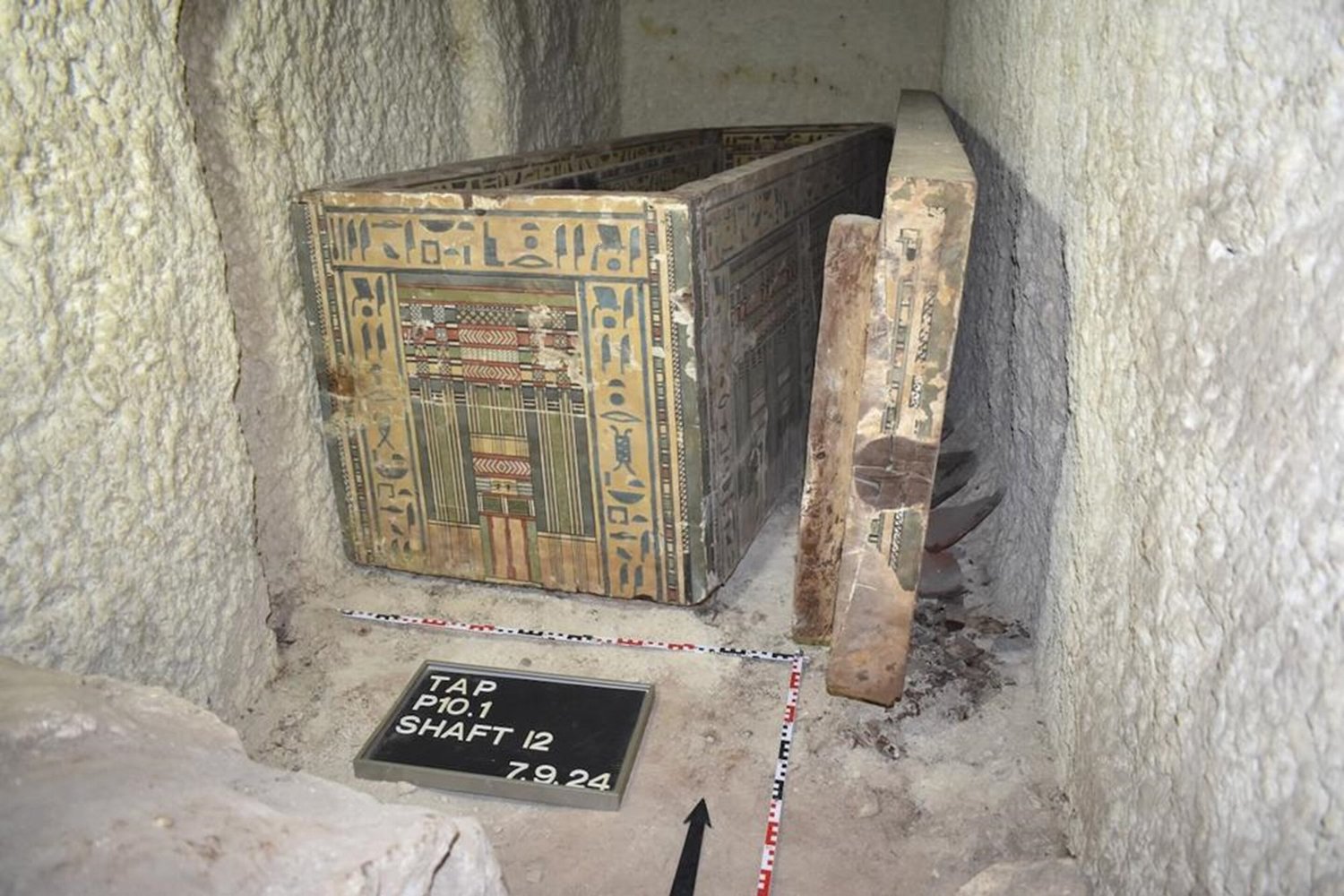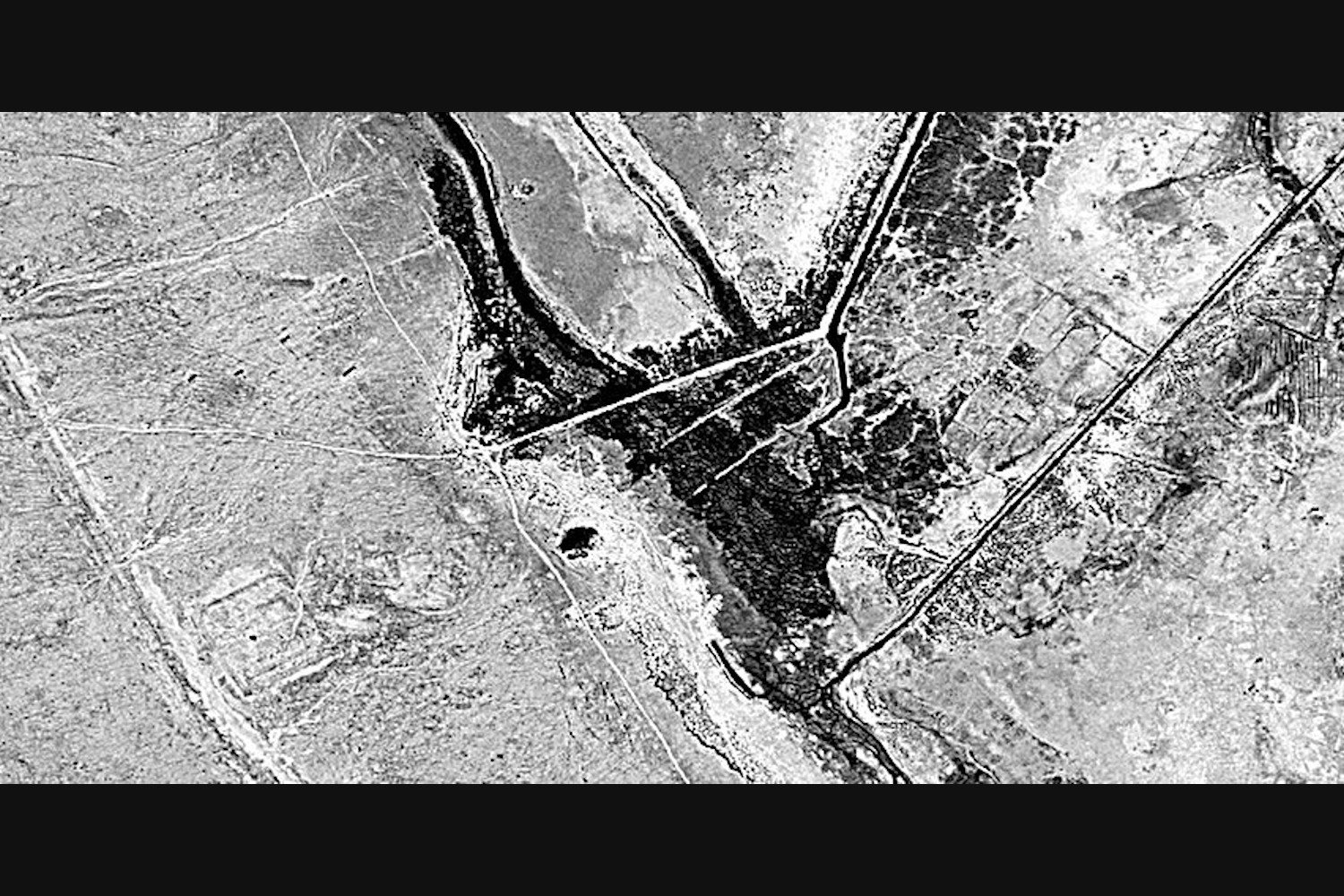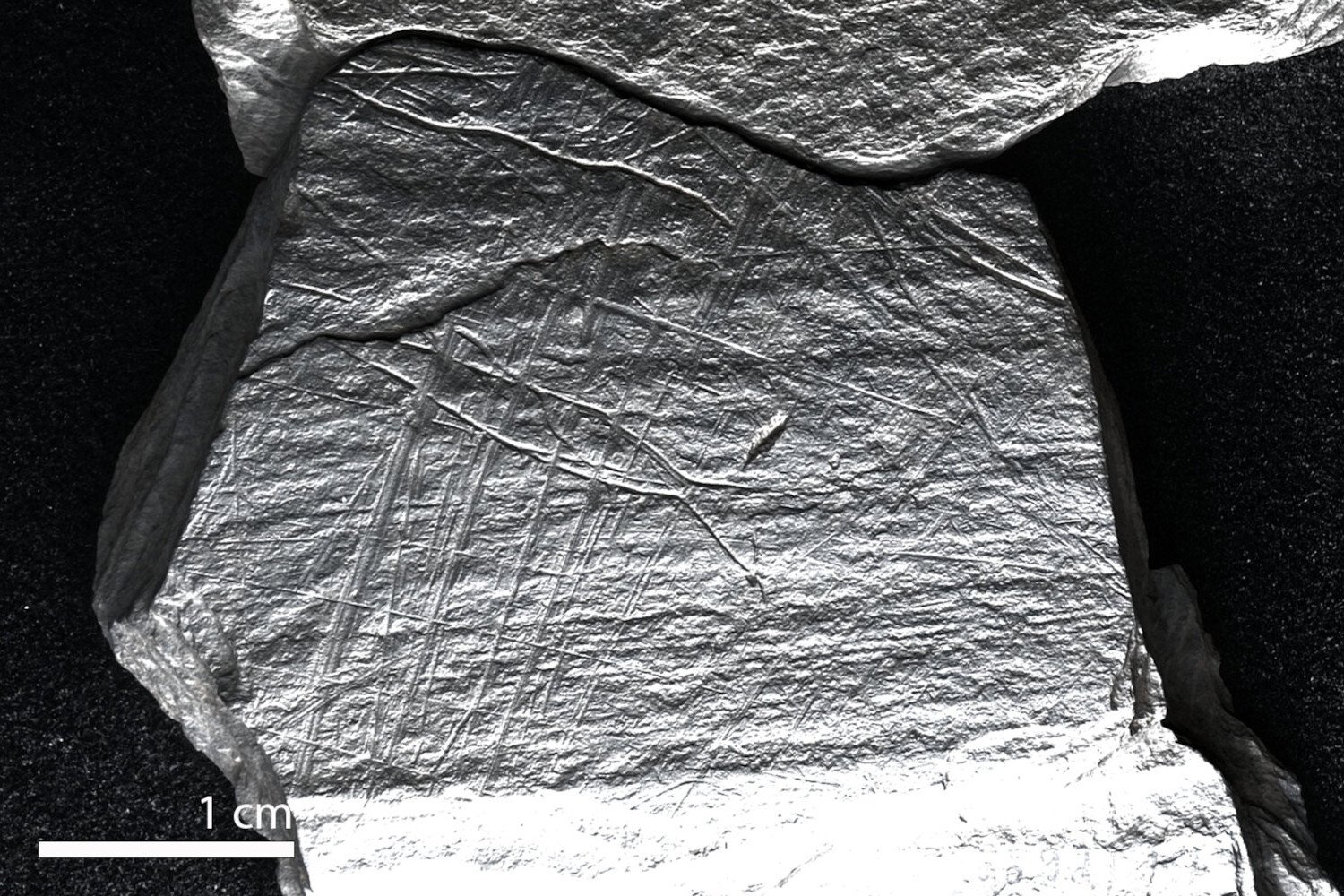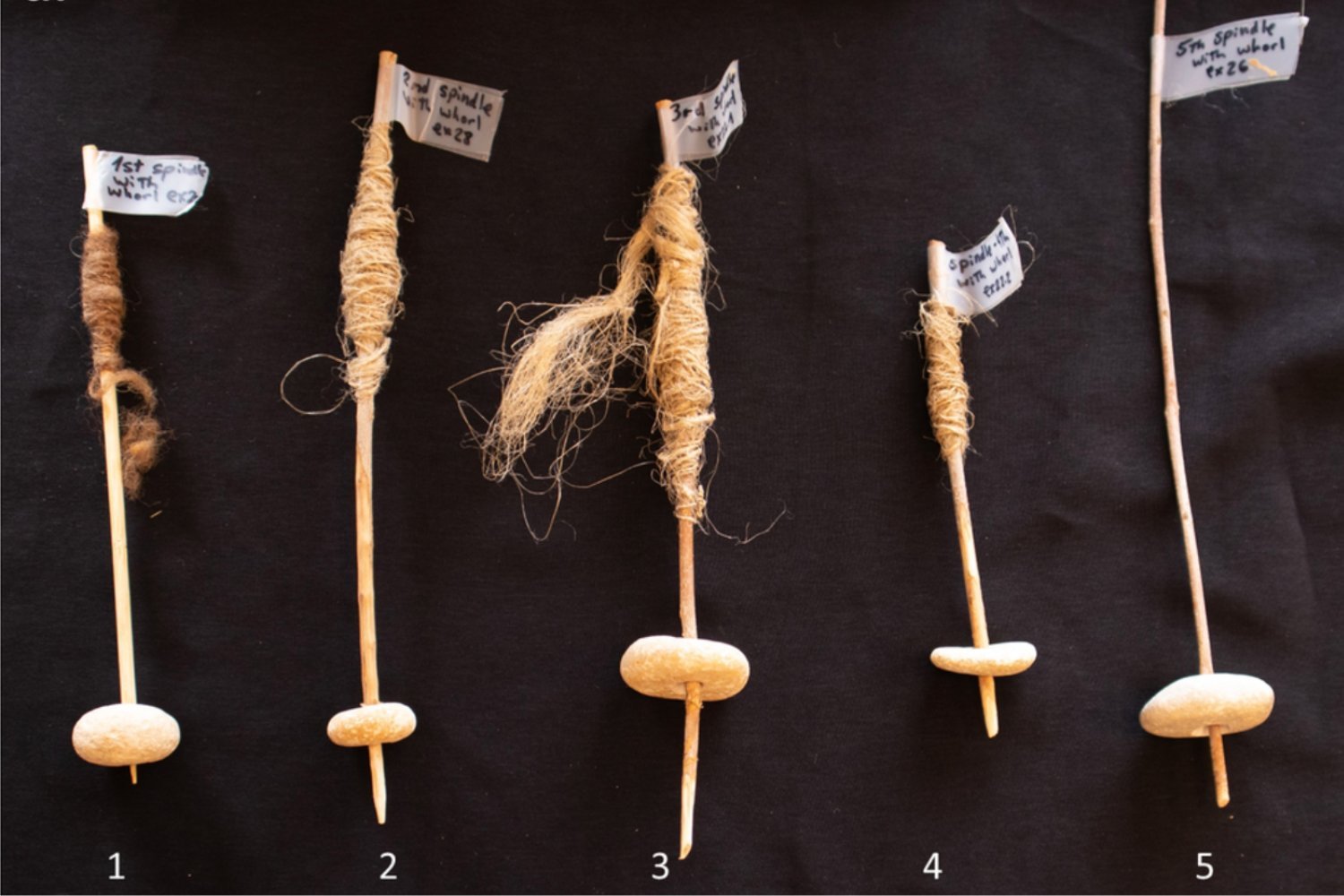The ownership of ancient artifacts is a hotly debated topic. Recent years have seen increasing calls for the repatriation of cultural objects, with many believing these items were looted from their countries of origin. But how did these antiquities end up in museums worldwide? Historian Justin Jacobs explores this complex history in his book Plunder? How Museums Got Their Treasure, offering a perspective that challenges the prevailing narrative of theft and imperialism.
Jacobs, whose previous work focused on cultural exchanges between China and Western explorers, argues that many museum acquisitions resulted from fair exchanges between locals and foreigners. He suggests that modern interpretations often misrepresent the context of these historical transactions. Ironically, by assigning high value to the acquired objects, early collectors inadvertently fostered the seeds of nationalism that now links antiquities to national identity.
This article delves into a conversation with Jacobs, exploring his insights on cultural heritage, the legality of antiquity ownership, and how museums should navigate this complex landscape.
From Video Games to Chinese History
Jacobs’ journey to becoming a historian specializing in cultural exchange began unexpectedly. A Super Nintendo game, Romance of the Three Kingdoms, Part III, sparked a fascination with Chinese history. This childhood interest eventually led him to pursue a Ph.D. in modern Chinese history, focusing on Western archaeological expeditions in China during the early 20th century.
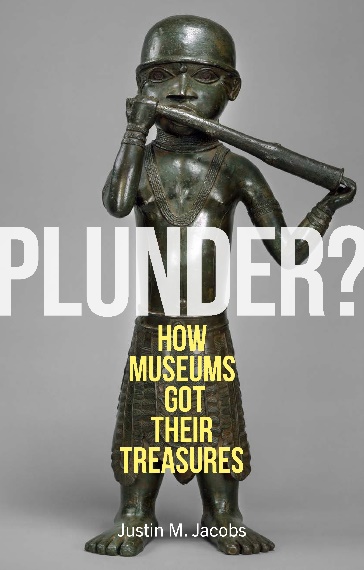 The cover of Plunder?, Justin Jacobs’ new book. Photo: The University of Chicago Press
The cover of Plunder?, Justin Jacobs’ new book. Photo: The University of Chicago Press
Initially, Jacobs expected to find evidence supporting the narrative of Westerners looting artifacts without permission. However, his research in Chinese archives revealed a different picture: Chinese elites praised the Western archaeologists, contradicting the modern perception of these expeditions as acts of theft. This discovery prompted Jacobs to investigate the historical context surrounding these cultural exchanges.
Challenging the Narrative of Theft
Jacobs highlights the importance of considering non-Western perspectives. Many books on the topic rely solely on European language sources, perpetuating a narrative of arrogant imperialists exploiting other cultures. By examining accounts from the source countries, a more nuanced understanding emerges.
While acknowledging the presence of racist and imperialist attitudes, Jacobs argues that these factors alone don’t fully explain why locals agreed to part with artifacts. He emphasizes the importance of understanding the value systems of the time. Often, locals saw these objects as having less value than what the Westerners offered in exchange, whether it be financial resources or other forms of capital.
The Shifting Value of Antiquities
A key element in this historical puzzle is the changing value of antiquities. In the past, these objects weren’t necessarily seen as priceless national treasures. Their perceived value varied depending on social status, from fertilizer substitutes for peasants to objects of scholarly interest for the elite. The concept of national patrimony, where artifacts are intrinsically linked to national identity, developed later, largely influenced by Western ideas.
This shift in perspective has led to modern interpretations of past exchanges as acts of theft, even when they were considered legitimate transactions at the time. For instance, the Elgin Marbles, a subject of ongoing repatriation debates, were acquired during a period when they weren’t viewed as symbols of the Greek nation.
The Role of Museums
Museums play a crucial role in this ongoing conversation. Jacobs encourages museums to reconstruct the provenance of their collections as thoroughly as possible, providing context and transparency. While acknowledging that some discoveries might reveal uncomfortable truths, he believes that transparency ultimately benefits museums by countering assumptions of theft. He suggests that a deeper understanding of the historical context will often reveal the voluntary participation of locals in these exchanges.
Beyond Repatriation: Understanding the Nuances
Jacobs avoids advocating for or against repatriation. Instead, he emphasizes the importance of understanding the historical context. He highlights four primary ways objects entered Western museums: military plunder, diplomatic gifts, dealers, and scholarly expeditions. Each avenue has a unique moral context that requires careful examination. While military plunder is clearly reprehensible, the other three often involve more complex circumstances.
The Compensations of Cooperation
Jacobs introduces the concept of “compensations of cooperation” to explain why individuals in source countries willingly participated in these exchanges. He argues that Westerners often offered something of perceived greater value in exchange for the artifacts, gaining consent and cooperation. This framework challenges the simplistic narrative of theft and highlights the economic, diplomatic, political, and social factors at play.
Conclusion: A Call for Nuance
Ultimately, Jacobs hopes readers will gain a more nuanced understanding of how antiquities ended up in Western museums. He encourages moving beyond the simplistic narrative of theft and recognizing the diverse circumstances surrounding these acquisitions. This nuanced perspective is crucial for informed discussions about cultural heritage and the future of museum collections. By understanding the past, we can engage in more productive dialogues about the present and future of these contested objects.



